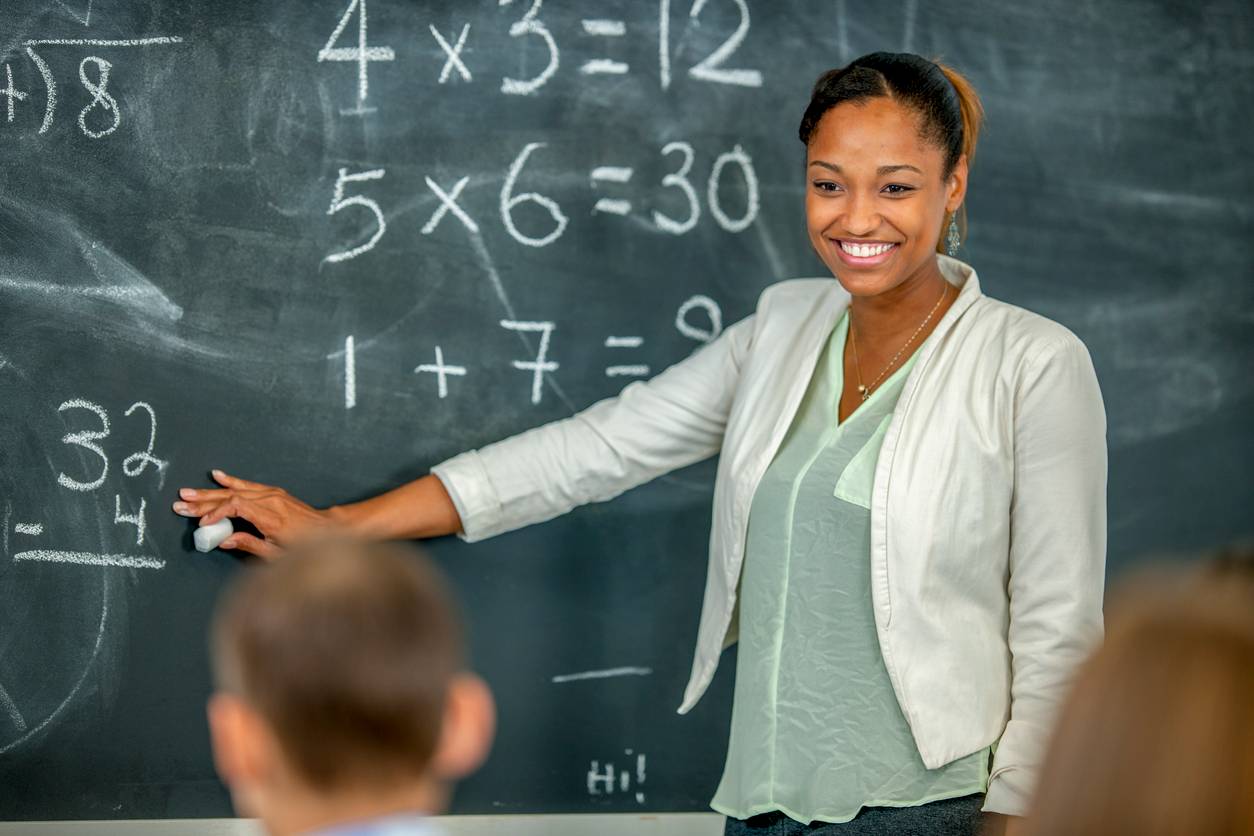The National Center for Education Statistics is showing the biggest decline in math and reading in decades
When schools started to close in 2020, educators and parents feared it would be detrimental to students. Not only would kids lose their connection to peers, but everyone assumed education was bound to suffer for years to come. Now, a new report from the National Center for Education Statistics (NCES) is pinpointing exactly the areas we will need to overcome to get back on track.
This year, the NCES “conducted a special administration of the NAEP long-term trend (LTT) reading and mathematics assessments for age 9 students to examine student achievement during the COVID-19 pandemic. Average scores for age 9 students in 2022 declined 5 points in reading and 7 points in mathematics compared to 2020. This is the largest average score decline in reading since 1990, and the first ever score decline in mathematics.”
Related: Time-Tested Tips for Reading with Your Kids

While all students in general experienced decline in reading and math, the report is clear: lower-performing students (10-25th percentile) declined more than higher-performing students (75-90th percentile).
The report shows a different trend when it comes to reading and suburban versus city schools. Compared to 2020, students attending city schools had no change in scores, whereas suburban-attending students experienced a decline.
The assessment also noticed a big change when it comes to math between the two types of schools. “In mathematics, the 13-point score decrease among Black students compared to the 5-point decrease among White students resulted in a widening of the White−Black score gap from 25 points in 2020 to 33 points in 2022.”
“The biggest reason to be concerned is the lower achievement of the lower-achieving kids,” Susanna Loeb, the director of the Annenberg Institute at Brown University, tells the New York Times. When students get behind, they eventually become disengaged in school which can pose a challenge to graduate and go on to college.
Related: 11 Math Games That Equal Tons of Fun

The most enlightening aspects of the report come near the end, when remote learning was addressed. When asked, 70% of the nine-year-old students identified that they had experienced distance learning during the ’20-’21 school year. The remaining 30% either couldn’t remember or didn’t know––and frankly, we don’t blame them for entirely blocking out that horrendous year.
When it comes to correlating the reason higher performing students fared better than lower performing, you can probably guess why. According to the report, high performing students “had greater access to a desktop computer, laptop, or tablet all the time; a quiet place to work available some of the time; and a teacher available to help them with mathematics or reading schoolwork every day or almost every day compared to lower performers (those below the 25th percentile).”
Students without those key elements were likely already lacking that same support pre-pandemic, and once schools shut down it just exacerbated their needs. Now, it’s time to play catch up.
“Losing one point on the national exam roughly translated to about three weeks of learning. That means a top-performing student who lost three points in math could catch up in as little as nine weeks, while a low-performing student who lost 12 points would need 36 weeks, or almost nine months, to make up ground — and would still be significantly behind more advanced peers,” says the New York Times.
Hopefully, the government’s American Rescue Plan Elementary and Secondary School Emergency Relief (ARP ESSER) plan, in which 20% of the $122 billion must go to academic catchup, can help bridge the gap to getting all students on the same page.











